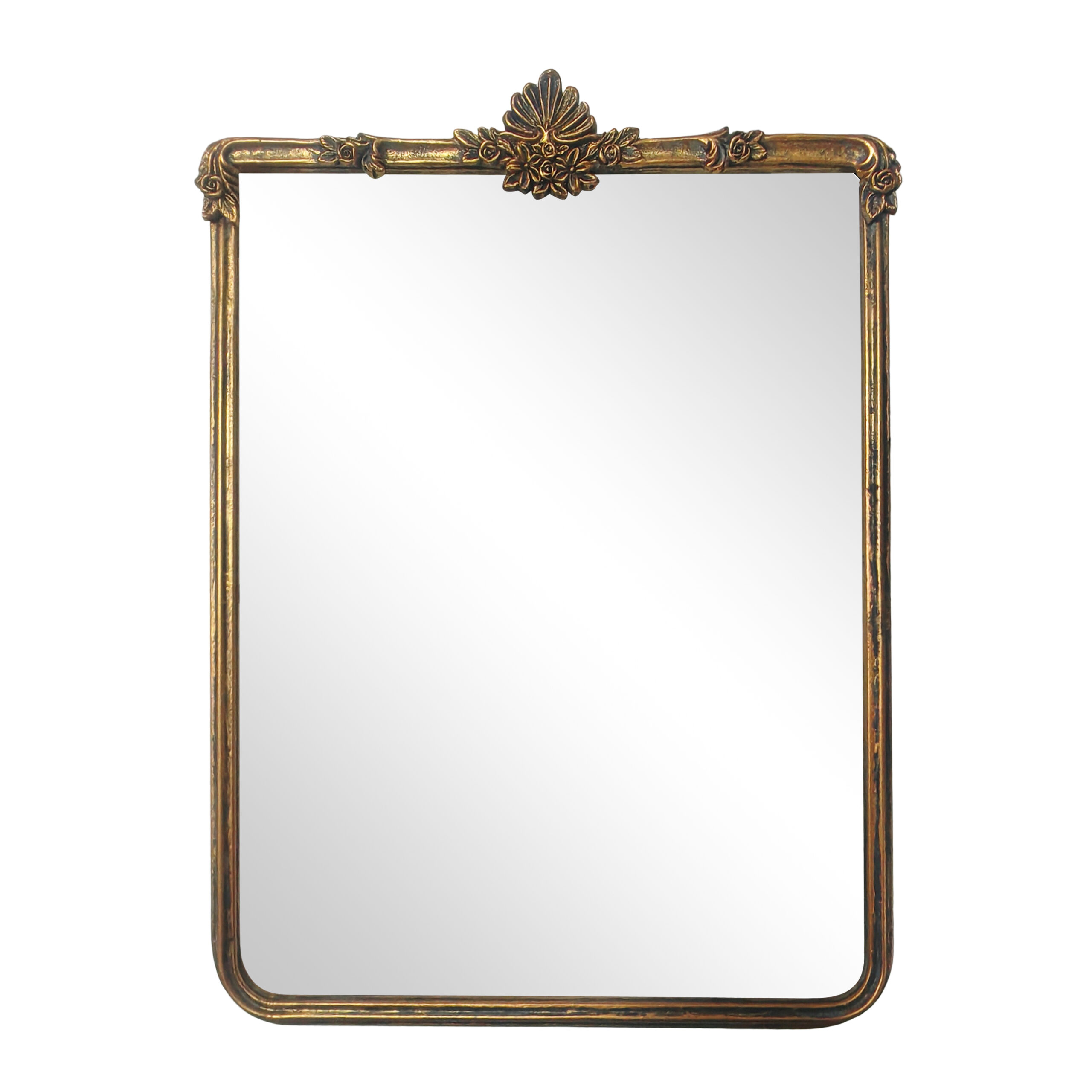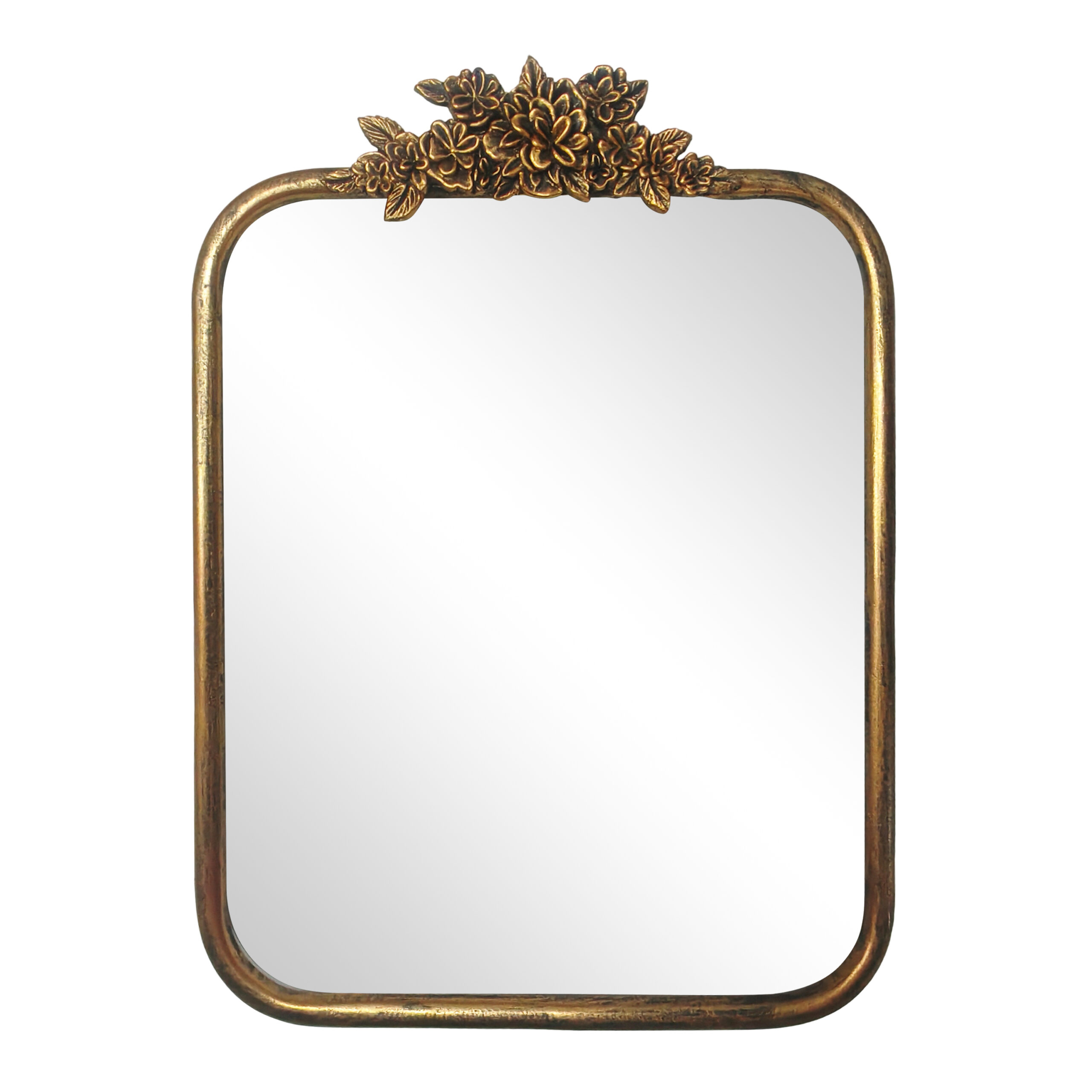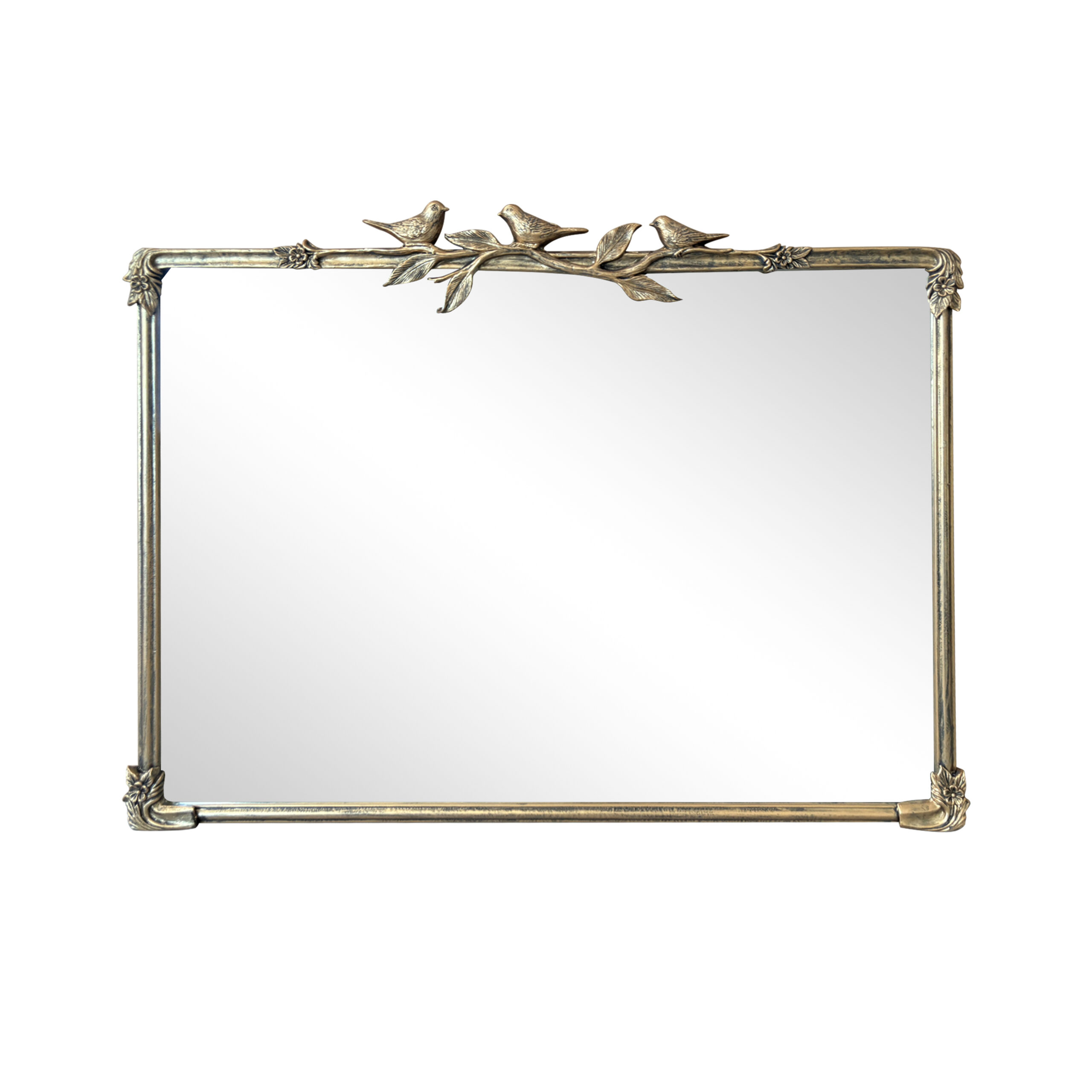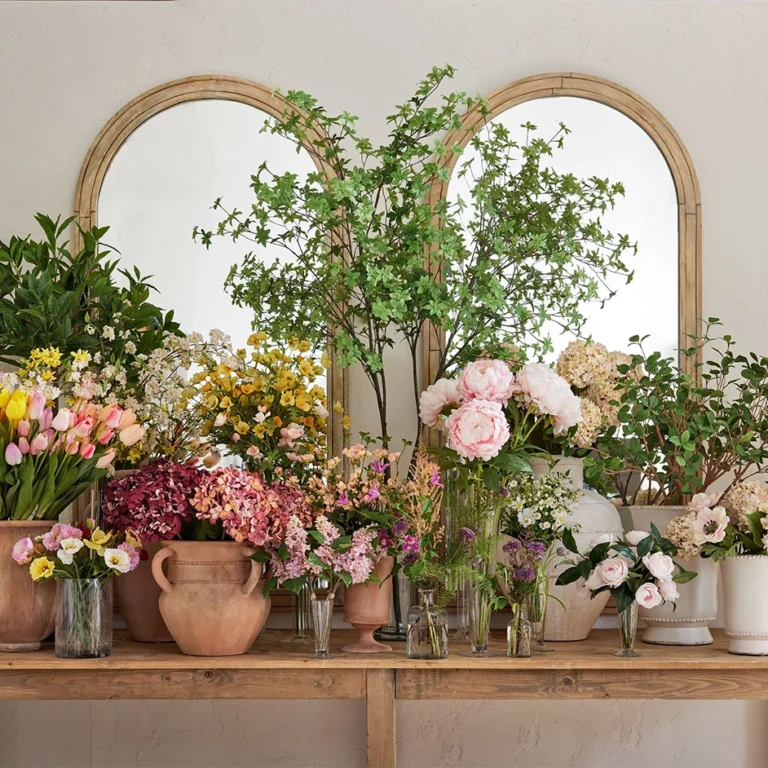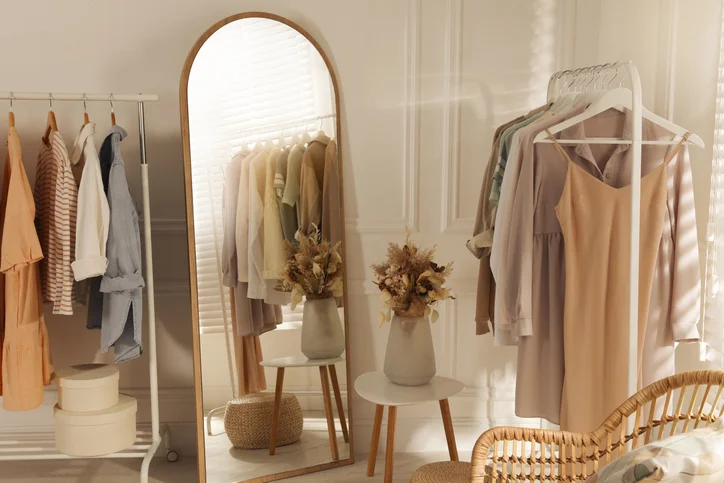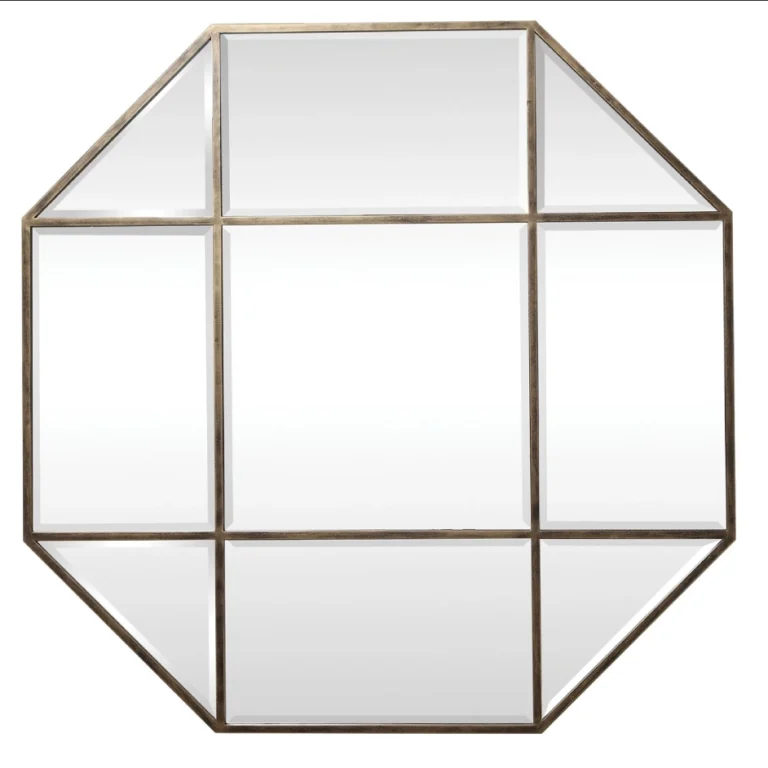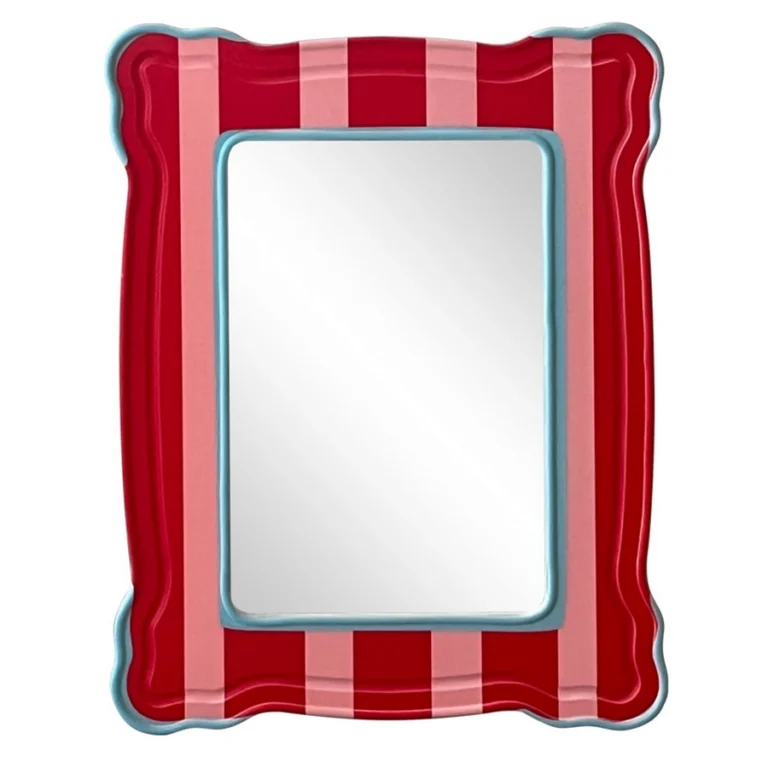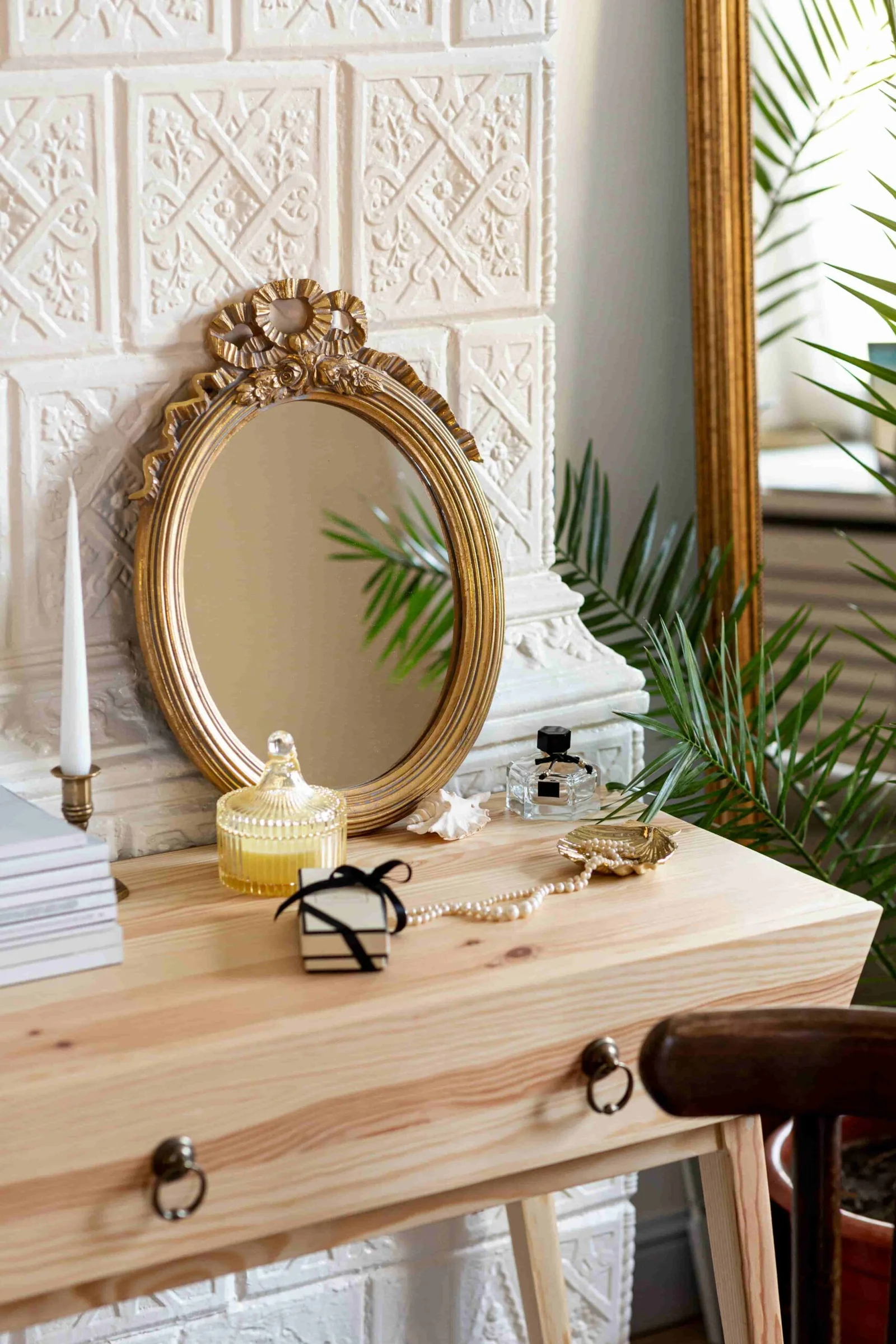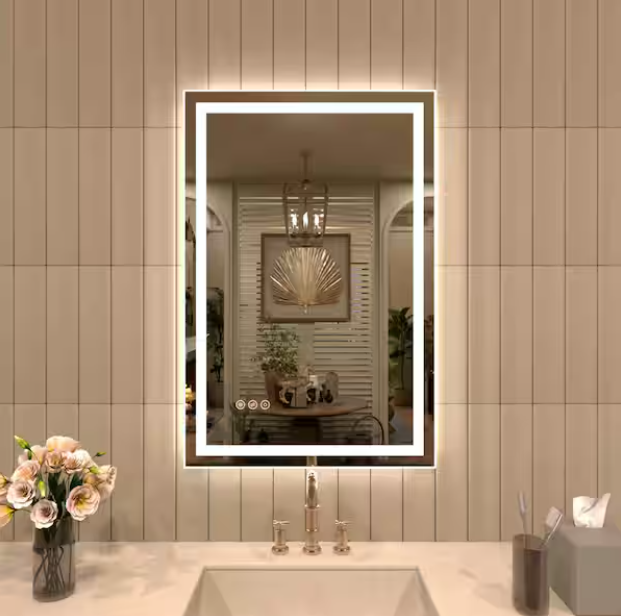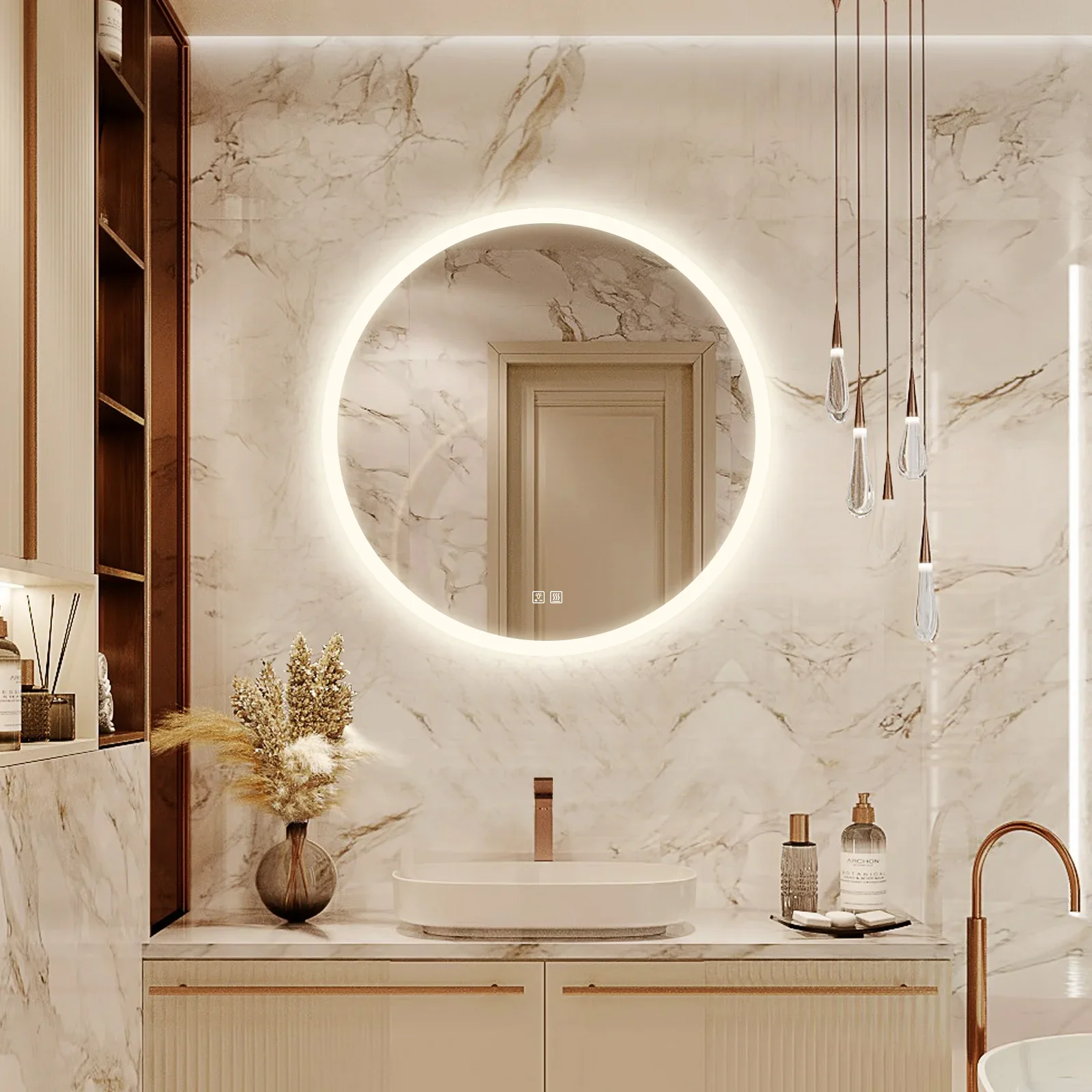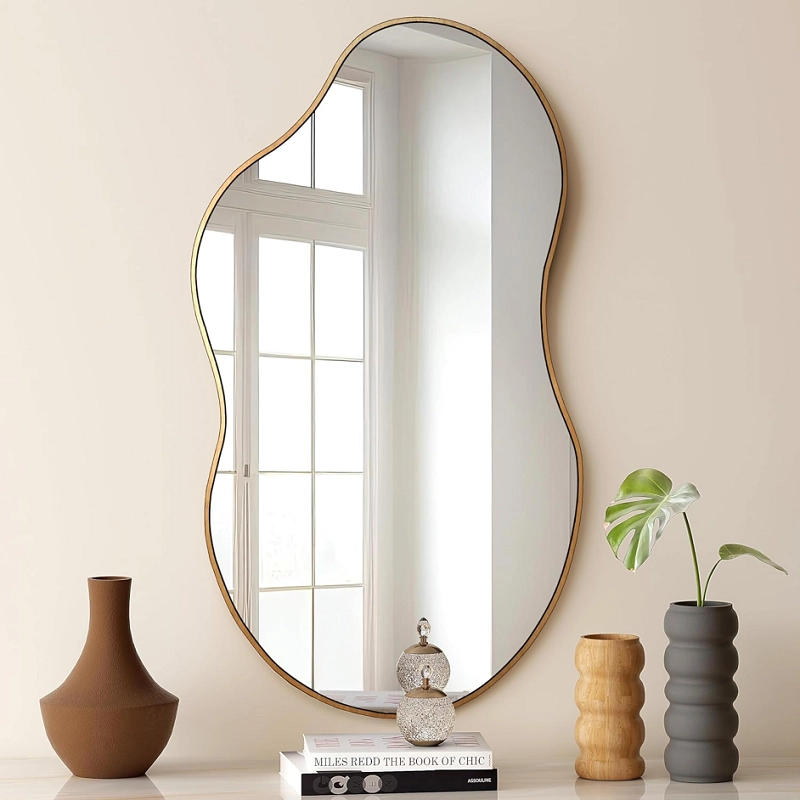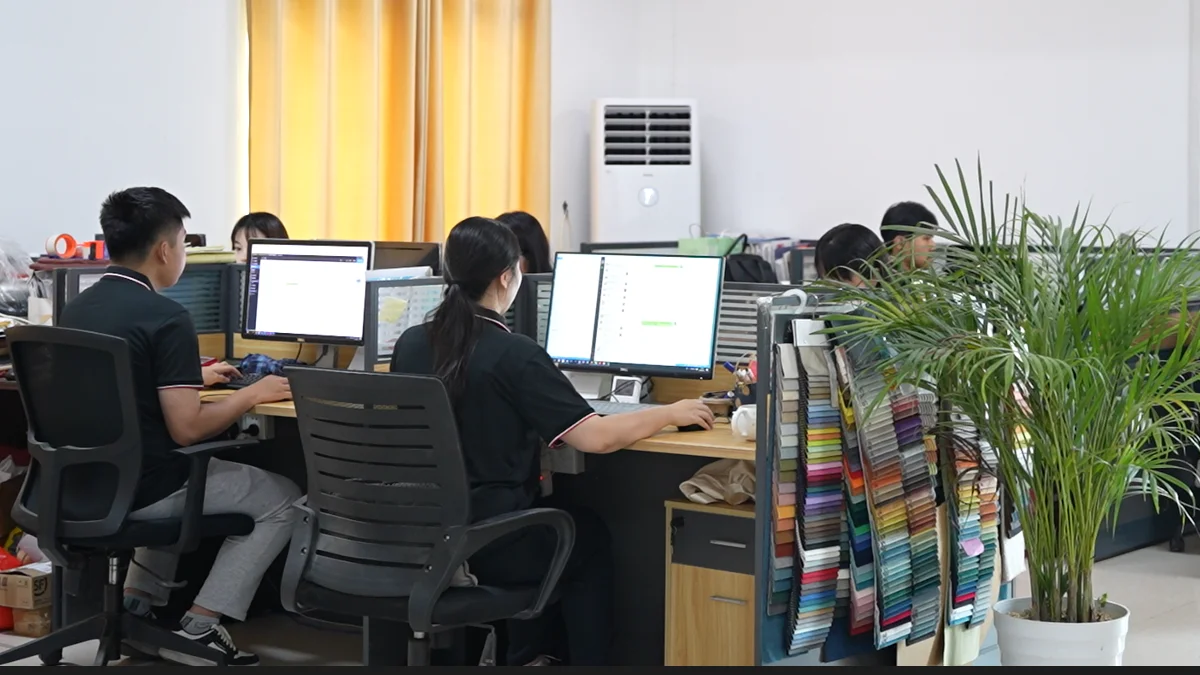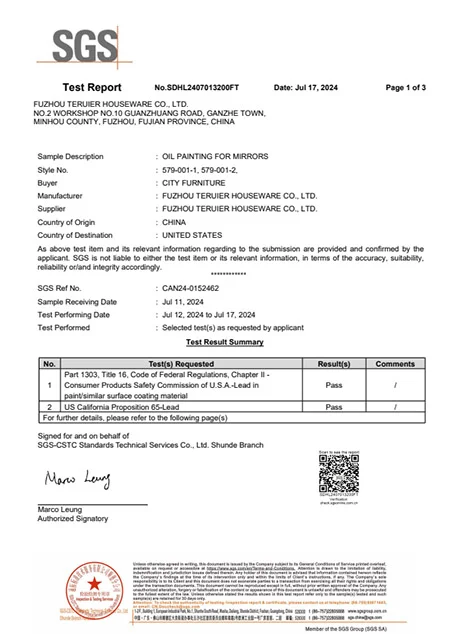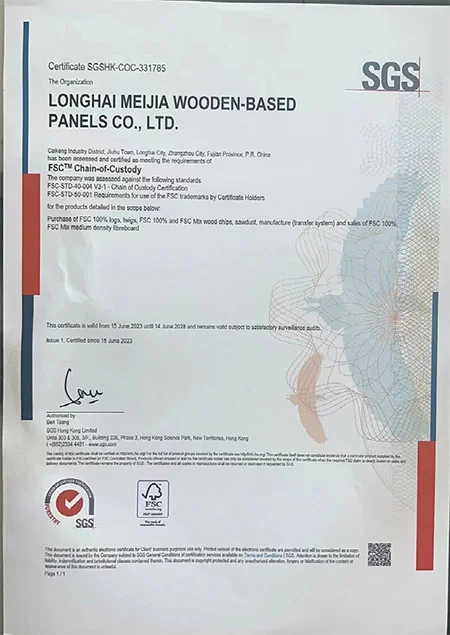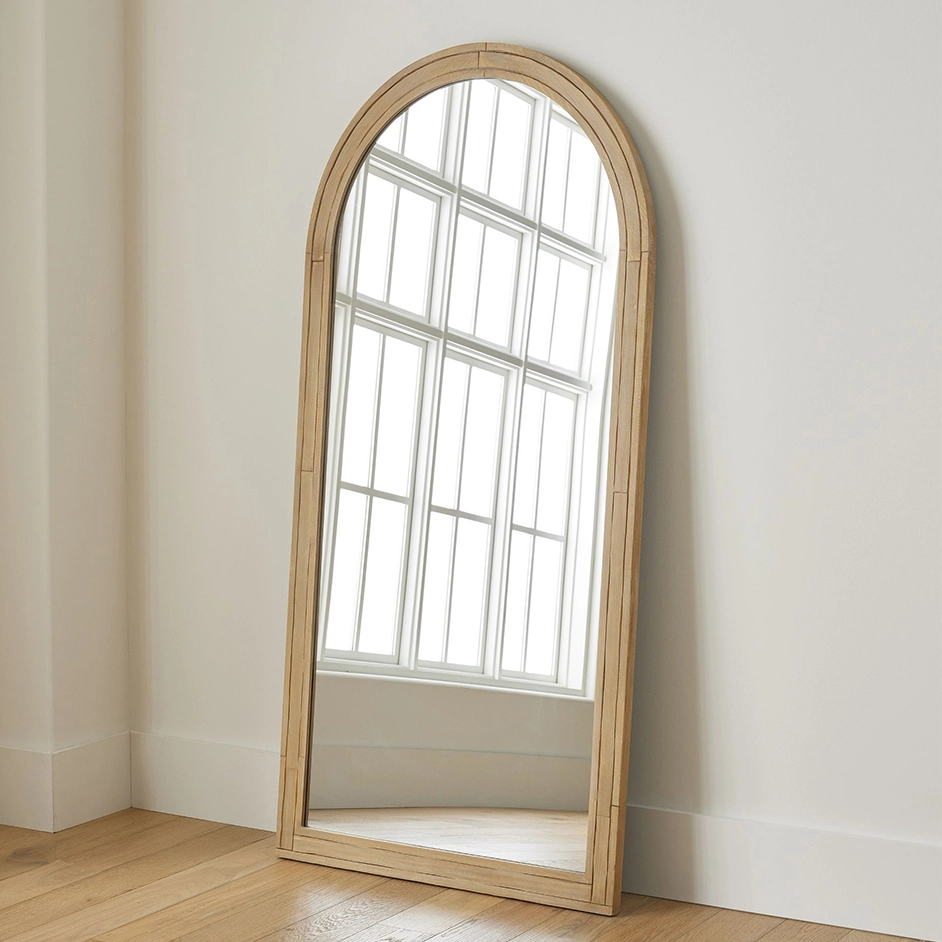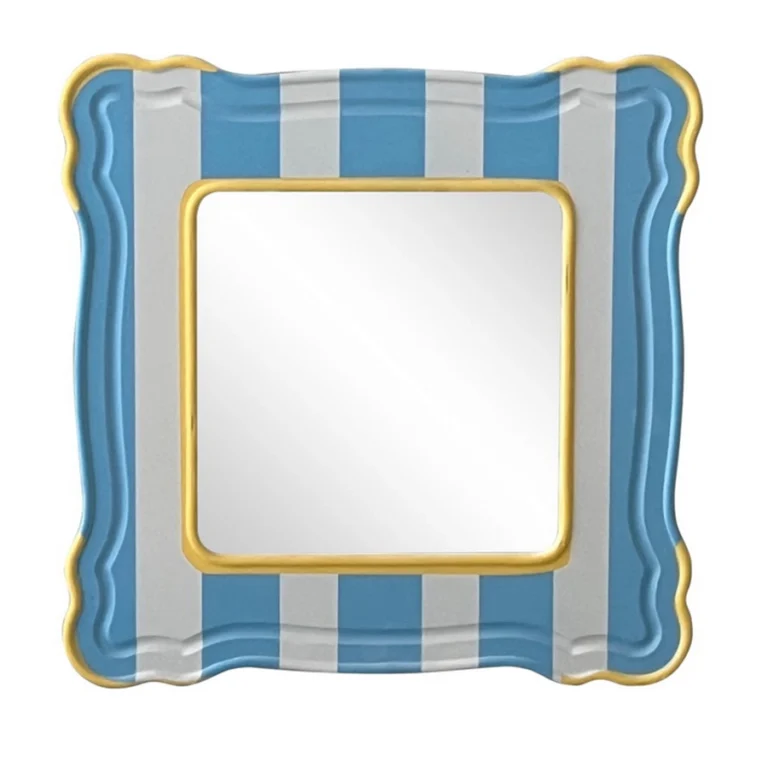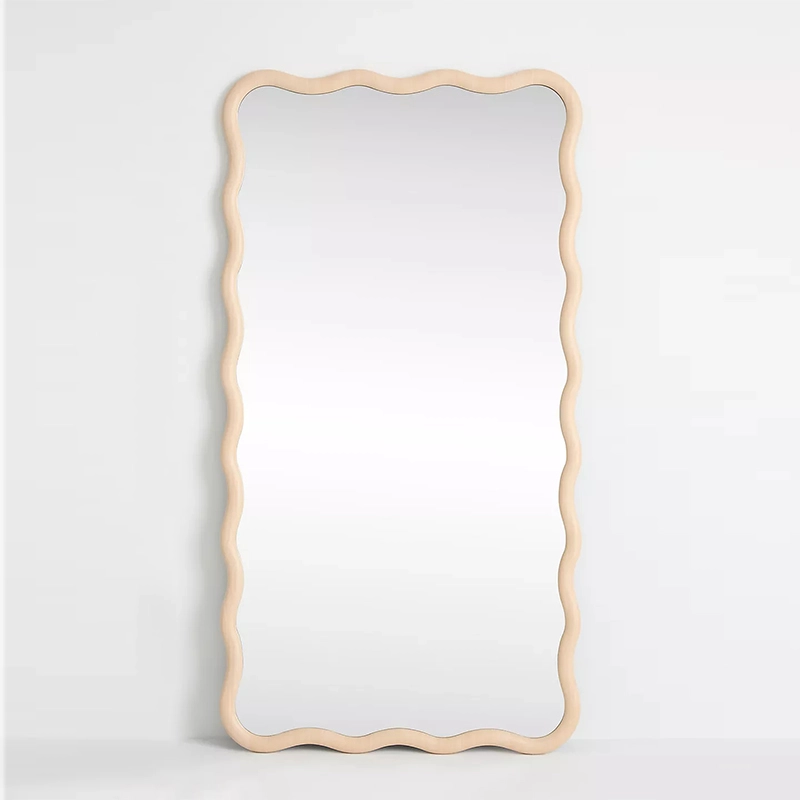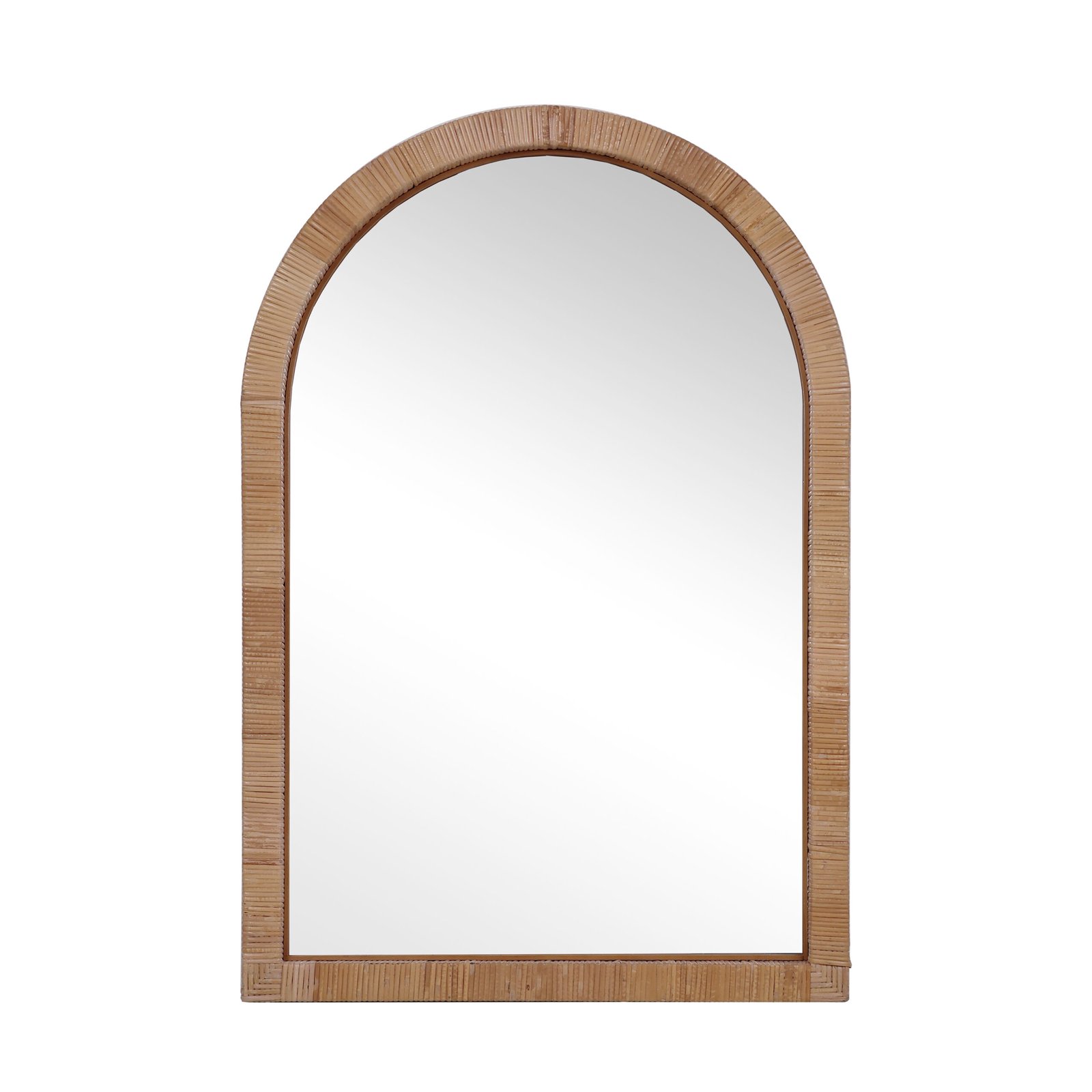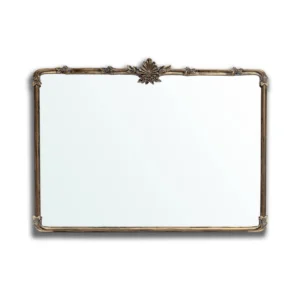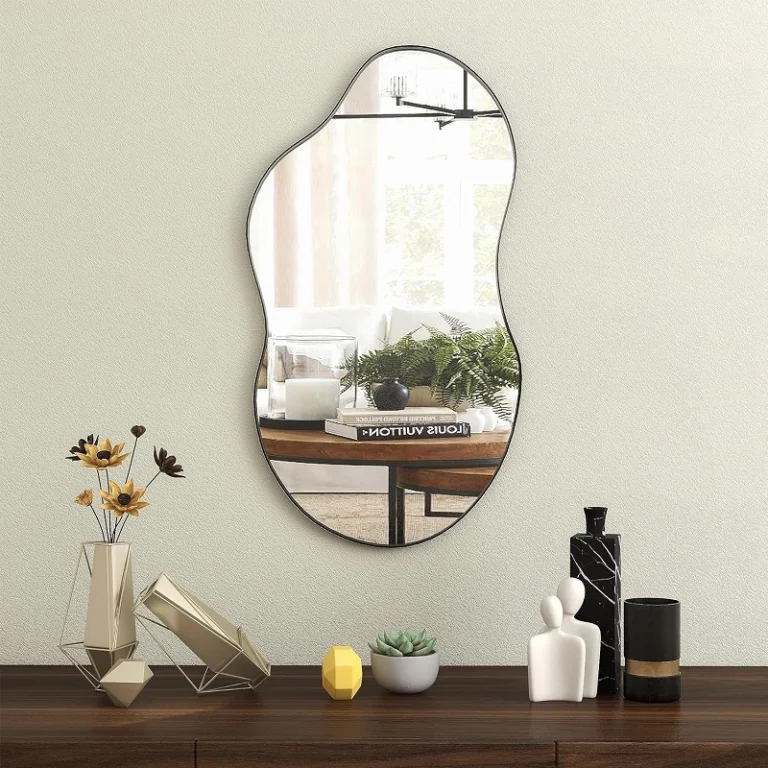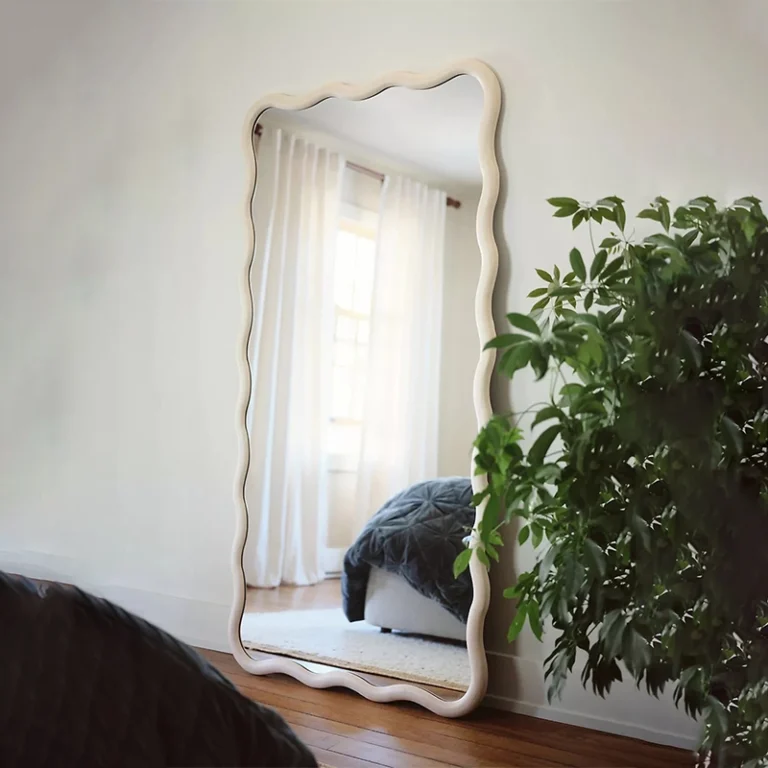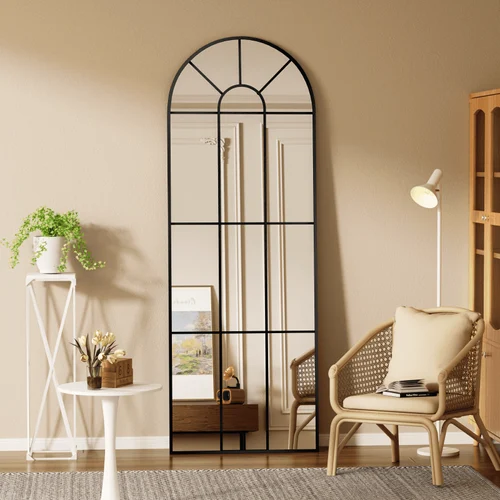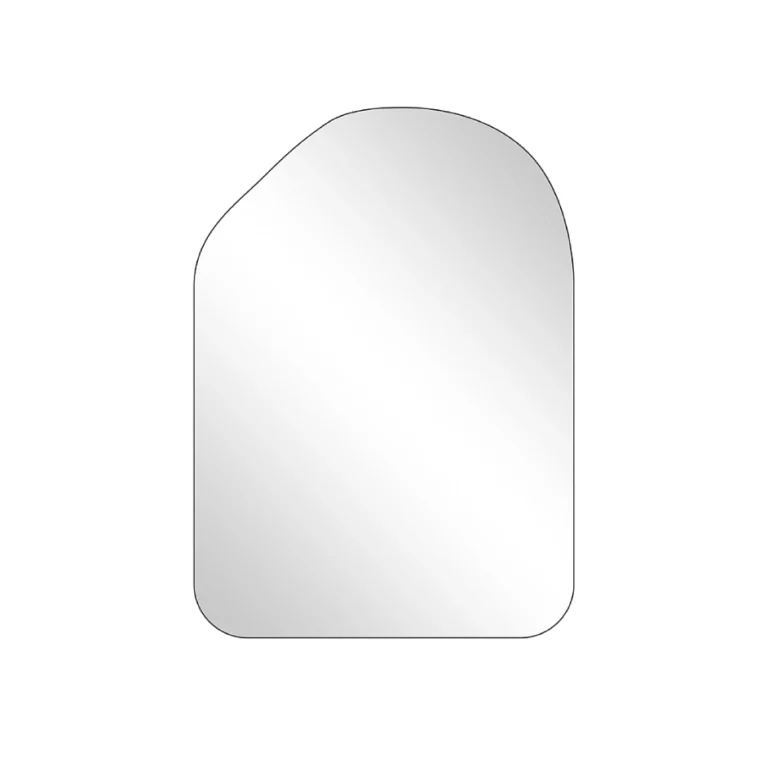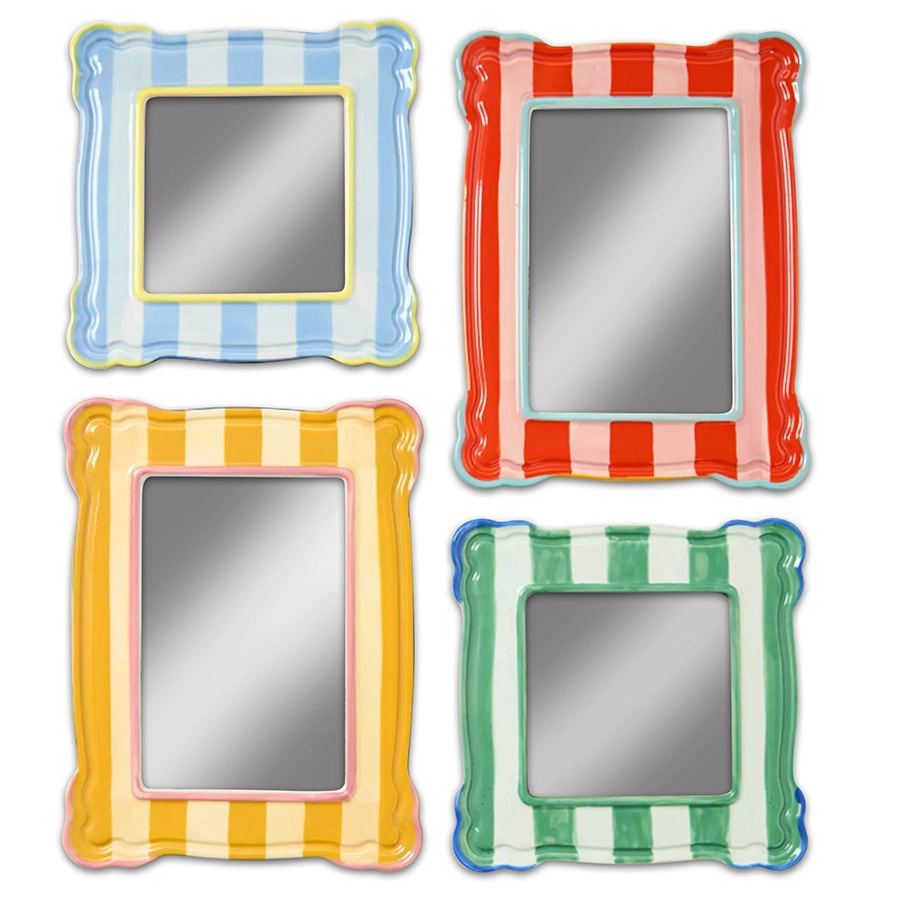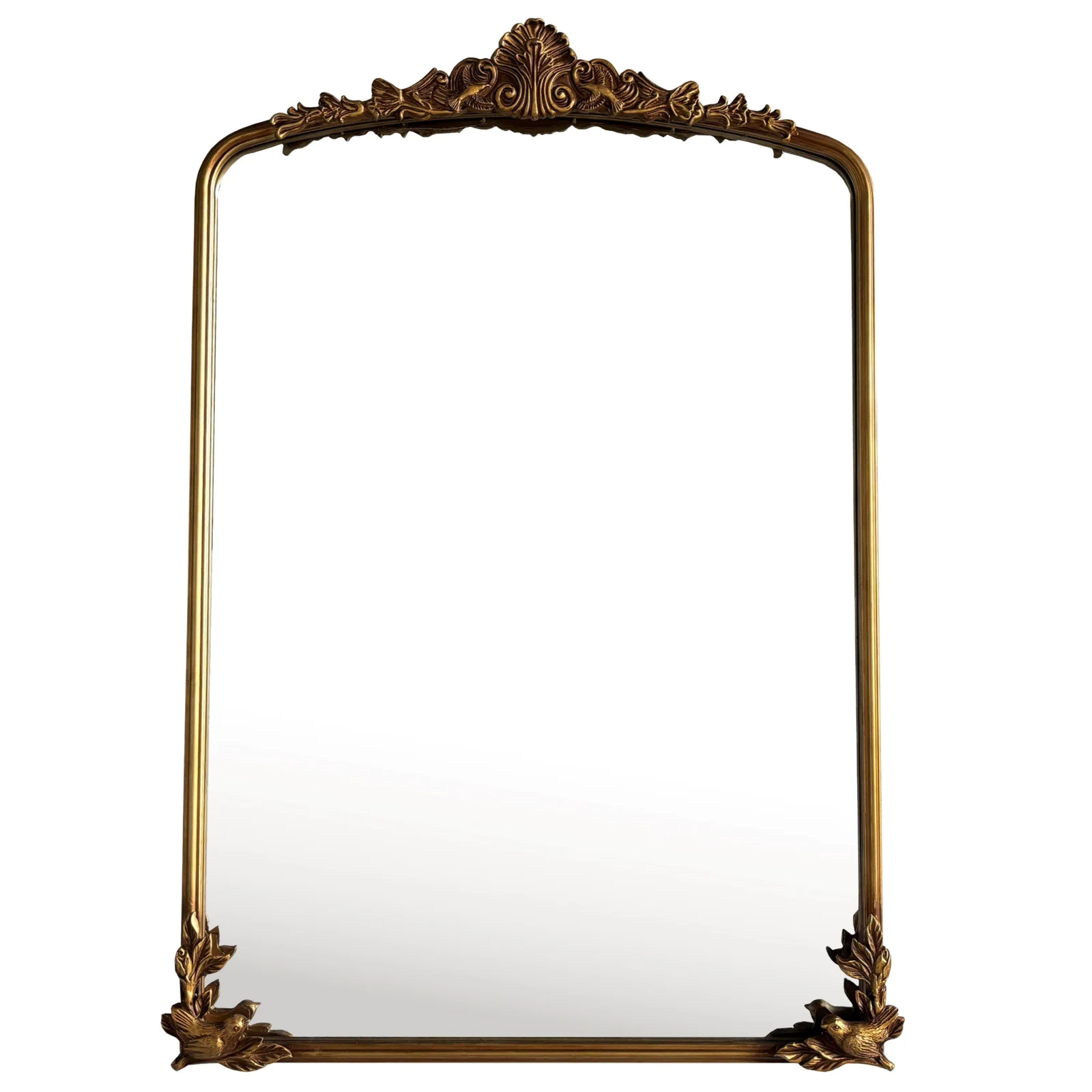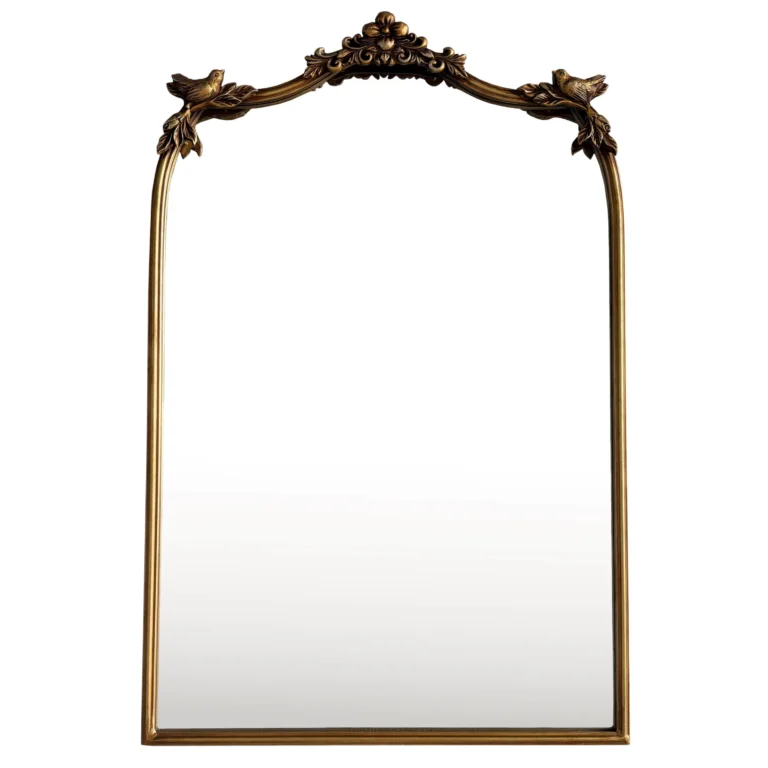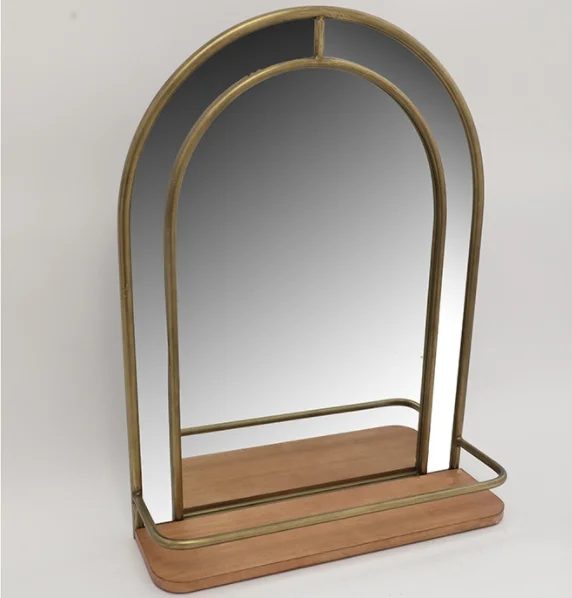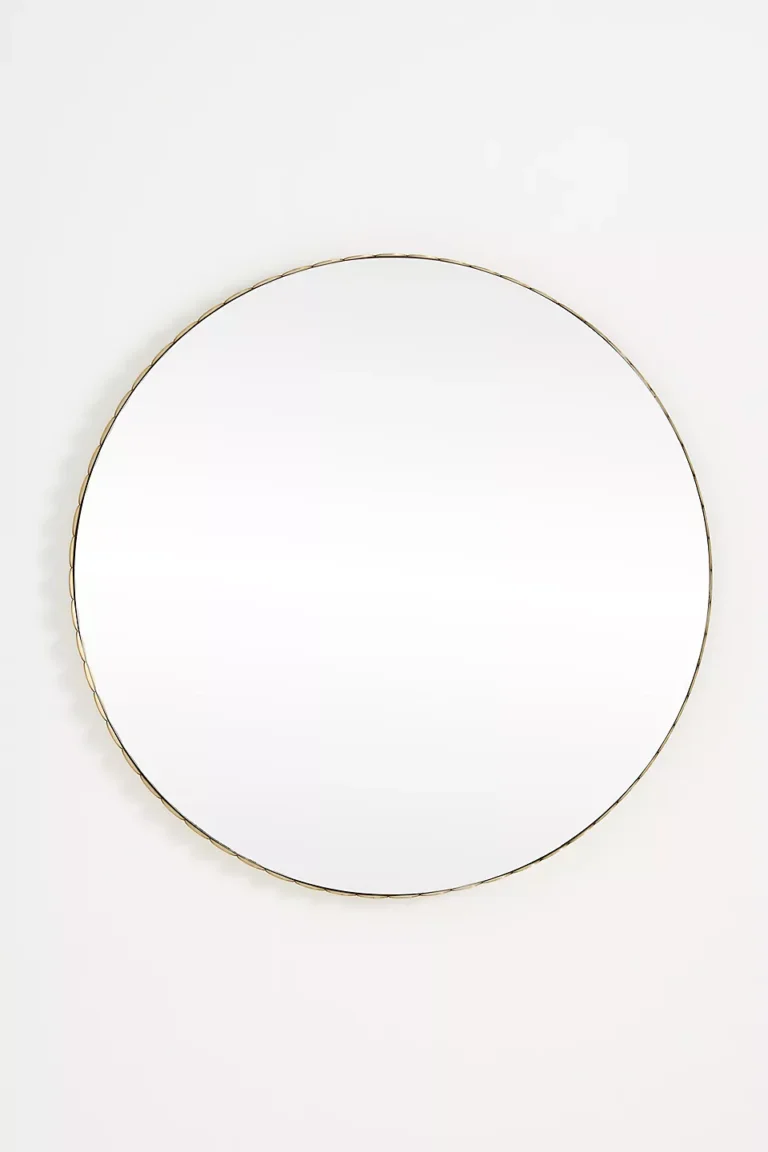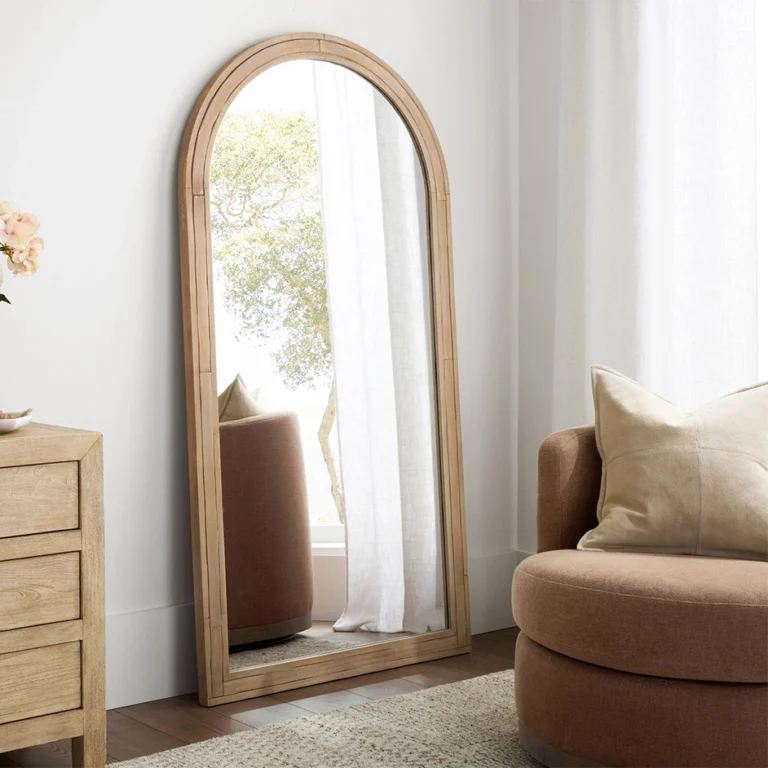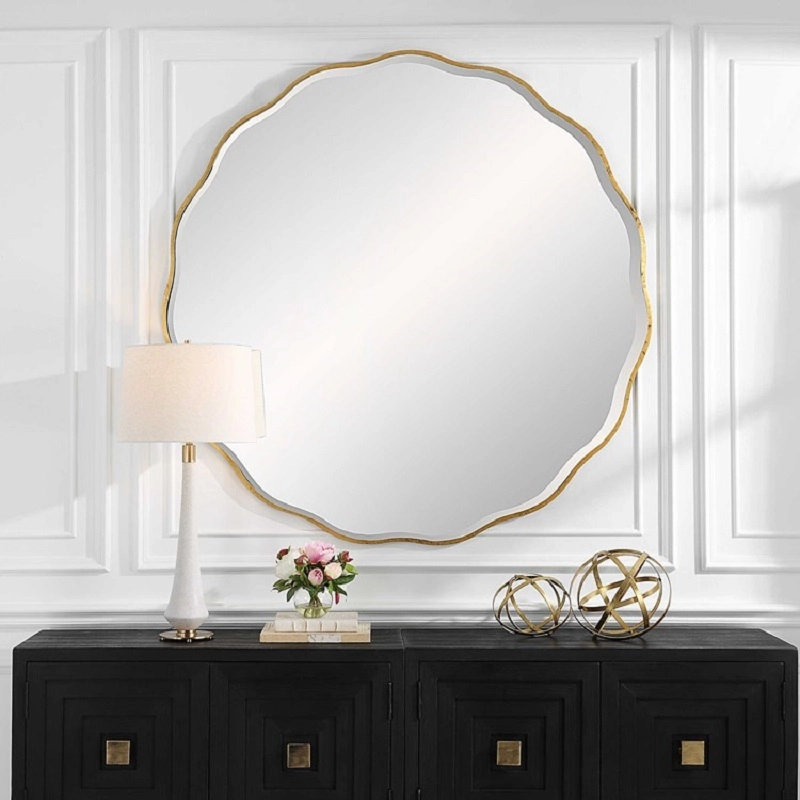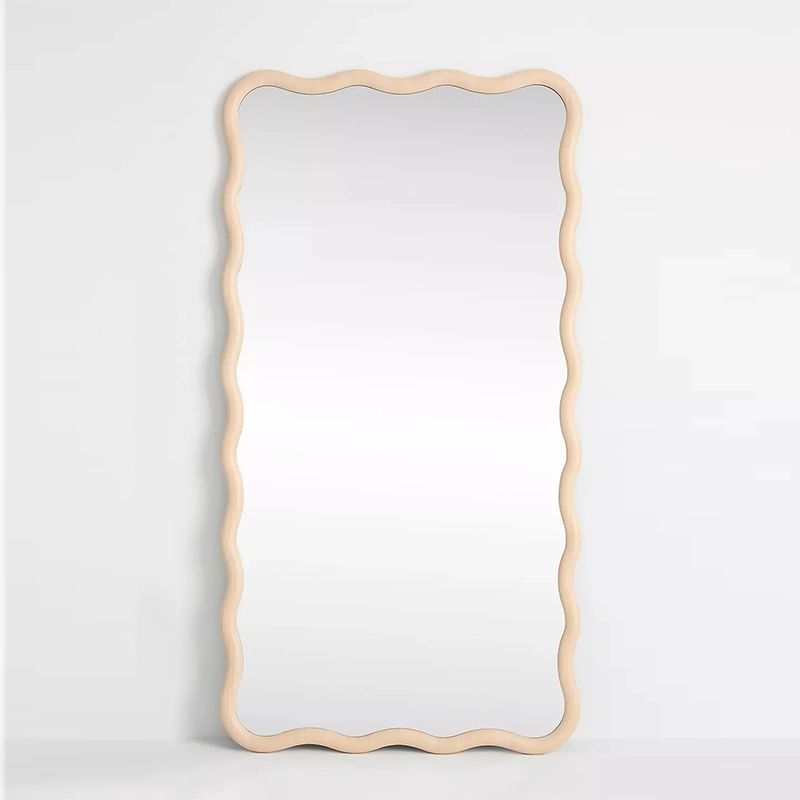arabic interior design ideas with mirrors
Of course! Incorporating mirrors into Arabic interior design is a fantastic way to blend tradition with functionality, light, and a sense of grandeur. The key is to choose mirrors with frames and shapes that reflect (pun intended!) classic Islamic art and architecture.
Here are some Arabic interior design ideas with mirrors, broken down by style and application:
1. The Grand Statement Mirror with Islamic Patterns
This is the most iconic way to incorporate the theme. Instead of a plain mirror, you choose one that is itself a work of art.
-
Mashrabiya-Inspired Frames: Use a large mirror with a frame that mimics the intricate latticework of traditional mashrabiya screens. This can be made from dark wood, metal, or even plaster. It casts beautiful shadows and adds immense texture.
-
Geometric & Arabesque Frames: Look for mirrors with frames featuring complex geometric patterns (girih) or flowing, vegetal arabesque designs. These can be carved from wood, intricately metalworked, or even formed from gesso (a plaster-based technique).
-
Placement: Perfect above a large console table in an entryway, over a fireplace mantel, or as a headboard in a master bedroom.
2. Moroccan-Style Mirrors (The “Boucle” Mirror)
Moroccan design is a subset of Arabic design known for its vibrant colors and distinctive metalwork.
-
The Hammered Metal Look: Characterized by a convex shape (like a bubble) and a hand-hammered metal frame, often in brass, silver, or copper tones. The frame is usually wide and highly decorative.
-
The “Evil Eye”: Many Moroccan mirrors feature designs that incorporate the protective “eye” symbol, often with colored glass or stones.
-
Placement: These work wonderfully in pairs flanking a bed, in a bathroom, or grouped together on a gallery wall in a living room or hallway. Their convex shape distorts the reflection in a fascinating way.
3. Mirror Mosaics & Inlays
This idea draws from the ancient Islamic art of mosaic work, seen in places like the Alhambra Palace.
-
Zellij-Inspired Designs: Create a mirror frame or even a whole wall panel using small, cut mirror tiles arranged in complex geometric patterns. This can be custom-made for a truly unique feature.
-
Furniture Accents: Incorporate small mirrors as inlays on wooden furniture like cabinets, chests, or side tables. This adds a subtle, shimmering detail that catches the light.
-
Placement: A mosaic mirror frame can be a stunning focal point in a dining room or living area. A full wall of mirror mosaic in a bathroom or a niche (mihrab-inspired) creates a breathtaking, jewel-box effect.
4. Grouping Smaller Mirrors for a Gallery Wall
Create a modern yet thematic display by grouping several smaller Arabic-style mirrors.
-
Mix and Match: Combine different shapes (octagons, stars, arches) but maintain a consistent finish (e.g., all gold-leafed frames or all dark wood). The unifying geometric shapes will tie the look together.
-
Incorporate Other Art: Mix the mirrors with traditional Arabic calligraphy art, textile pieces, or metalwork to create a rich and layered gallery wall.
-
Placement: Ideal for a large staircase wall, a long hallway, or above a sofa.
5. Architectural Elements with Mirrors
Use mirrors to enhance or replicate classic architectural features.
-
Mirrored Arches: The arch is a fundamental element in Islamic architecture. Install a mirror shaped like a pointed or horseshoe arch. This can visually expand a space while paying homage to traditional forms.
-
Mirrored Niches: Create a modern interpretation of a mihrab (prayer niche) or a decorative wall niche by lining the inside with a mirror. Place a beautiful lantern or vase in front of it to double the visual impact.
-
Placement: A mirrored arch can beautifully frame a doorway or seating area. Niches are perfect in entryways, dining rooms, or living rooms.
Key Styling Tips for a Cohesive Look:
-
Materials are Key: Pair your mirrors with other rich materials to complete the look:
-
Metals: Warm brass, copper, and hammered iron.
-
Woods: Dark woods like walnut, or carved and painted woods.
-
Textiles: Plush velvets, silks, and embroidered cushions.
-
Lighting: Ornate metal lanterns (with pierced patterns that cast beautiful light shadows) or hammered metal pendant lights.
-
-
Color Palette: While mirrors are neutral, the surrounding palette should reflect Arabic design. Think deep jewel tones (sapphire blue, emerald green, ruby red), warm earth tones (terracotta, sand, ochre), and metallic accents.
-
Reflect Something Beautiful: Always consider what the mirror will reflect. Position it to capture a beautiful light fixture, a view of a window, or an attractive seating area. This doubles the decorative impact.
-
Balance the Ornate: If your mirror is highly detailed and ornate, balance it with simpler, more solid furniture pieces to avoid the space feeling too busy.
By choosing mirrors that feature traditional craftsmanship and patterns, you can seamlessly integrate them into an Arabic-inspired interior, creating a space that feels both luxurious and deeply cultural.
Generally speaking, our order requirements are as follows: the minimum order quantity (MOQ) for large items is 50 pieces, for regular items it is 100 pieces, for small items it is 500 pieces, and for very small items (such as ceramic decorations) the MOQ is 1,000 pieces. Orders exceeding $100,000 will receive a 5% discount. The delivery timeline is determined based on the specific order quantity and production schedule. Typically, we are able to complete delivery within two months.
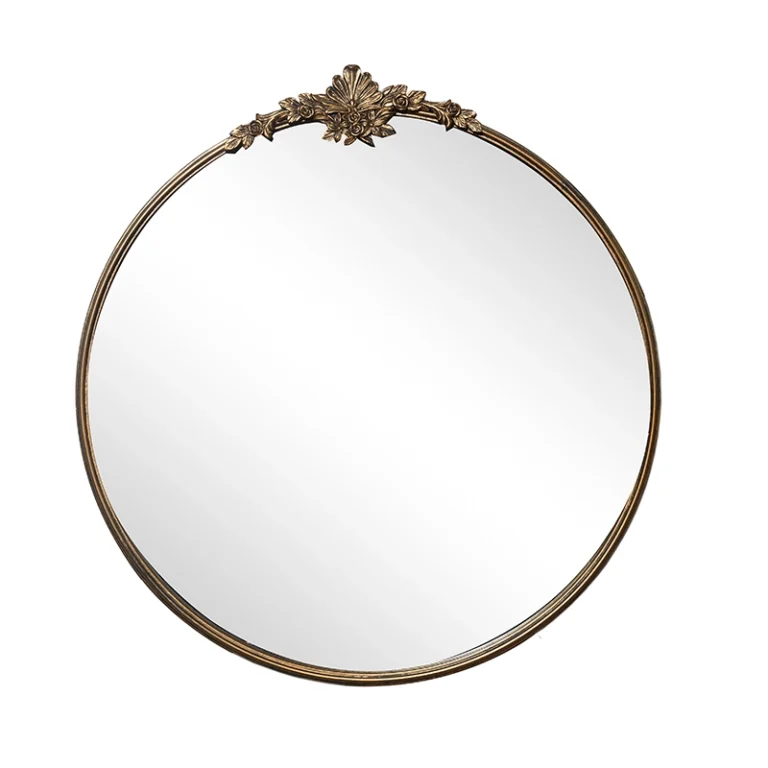
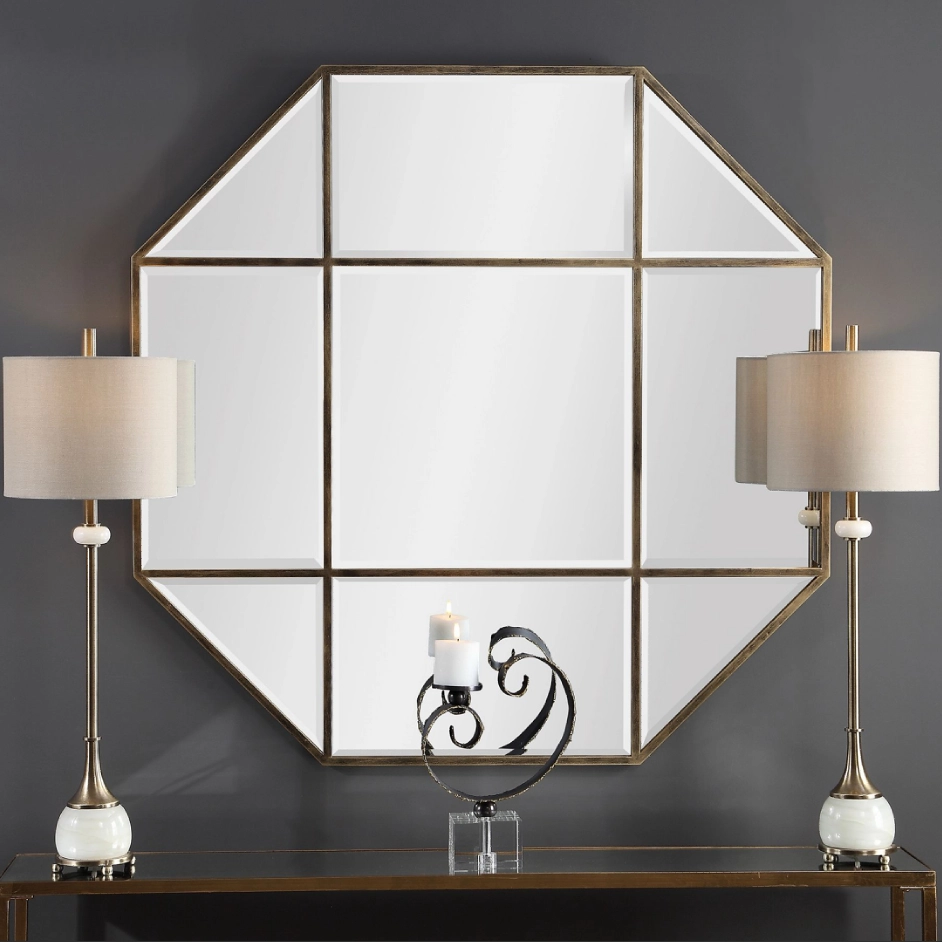
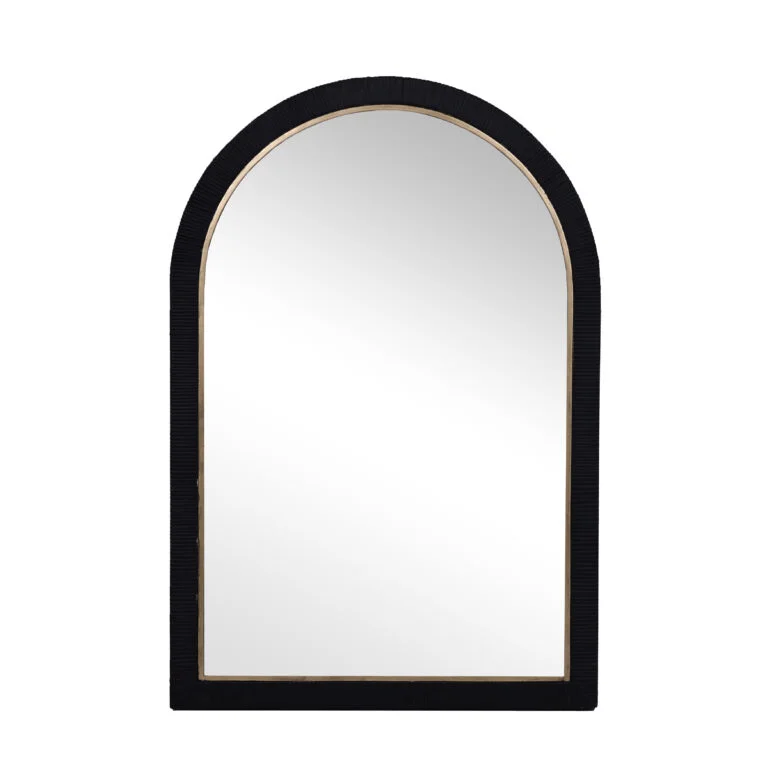

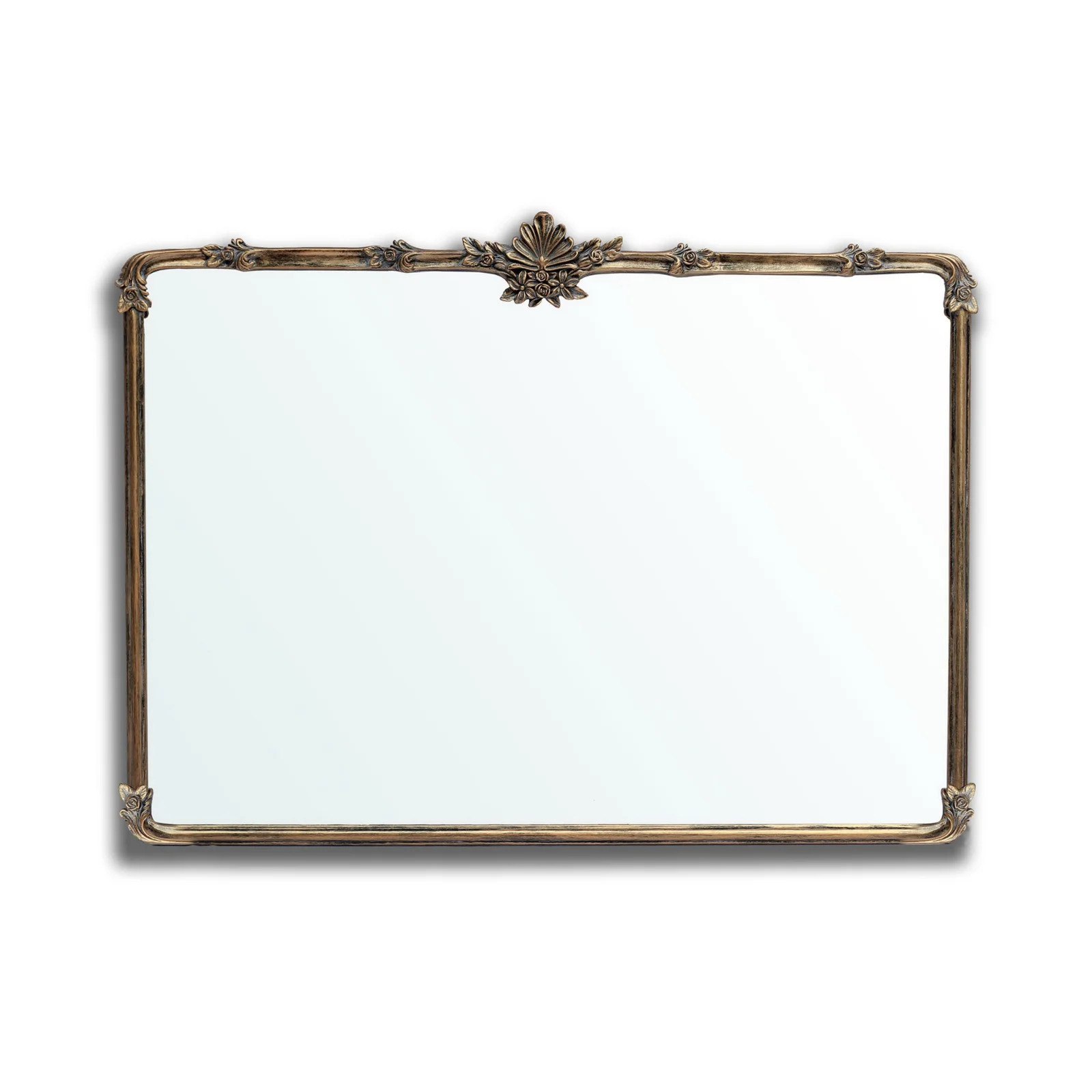
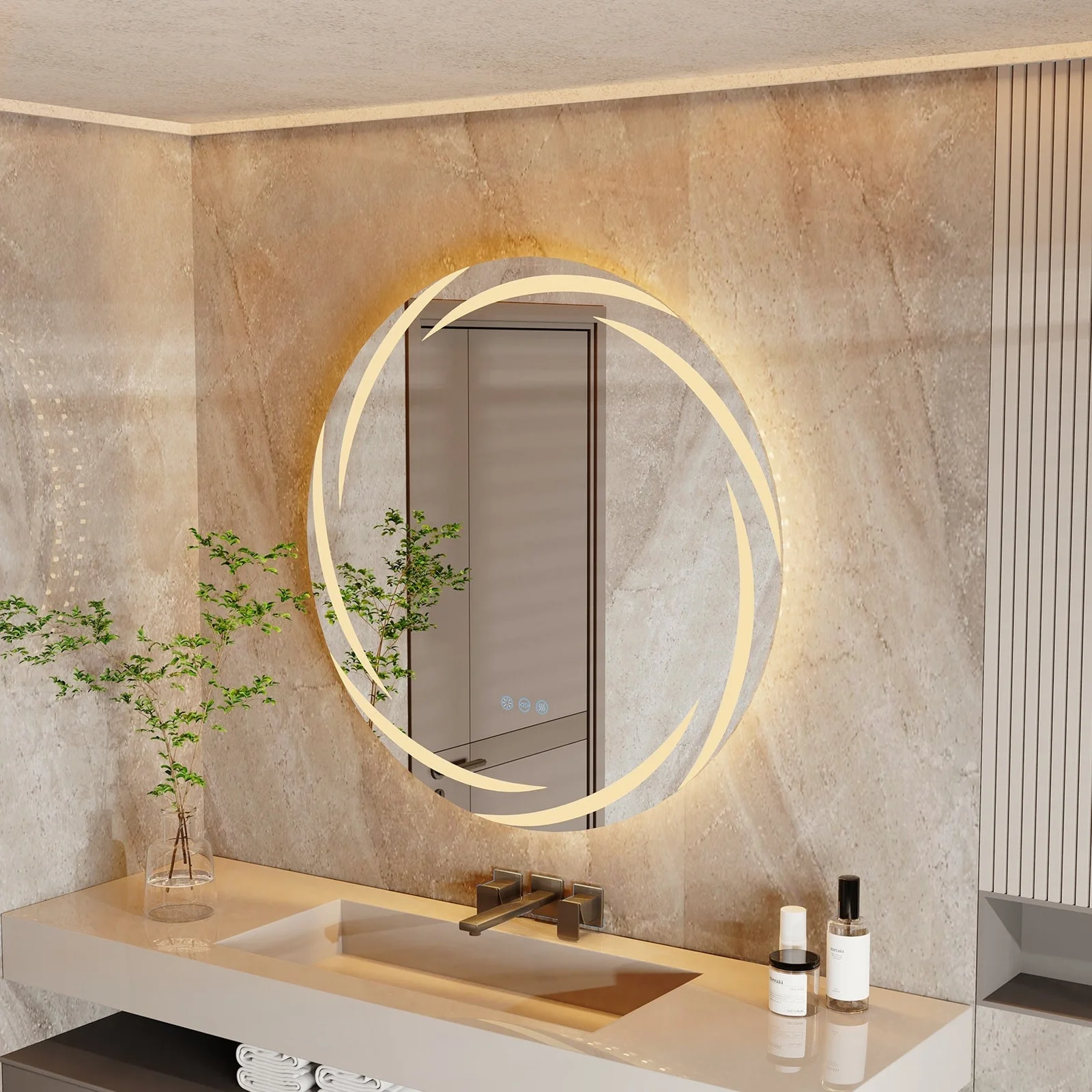
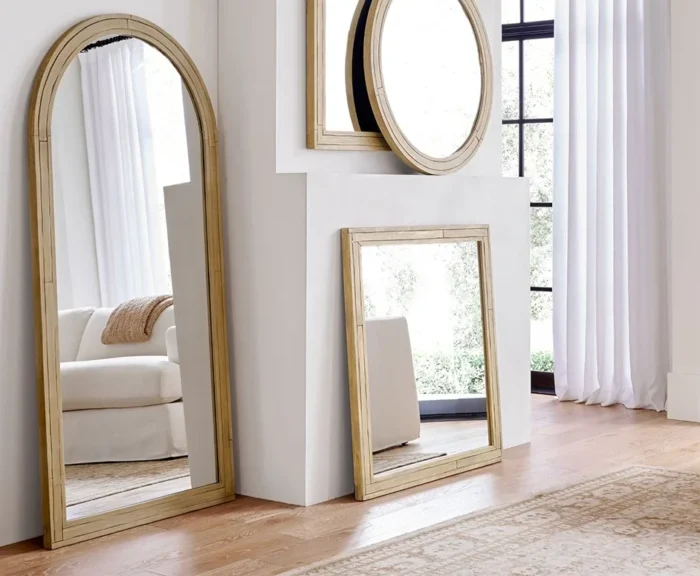
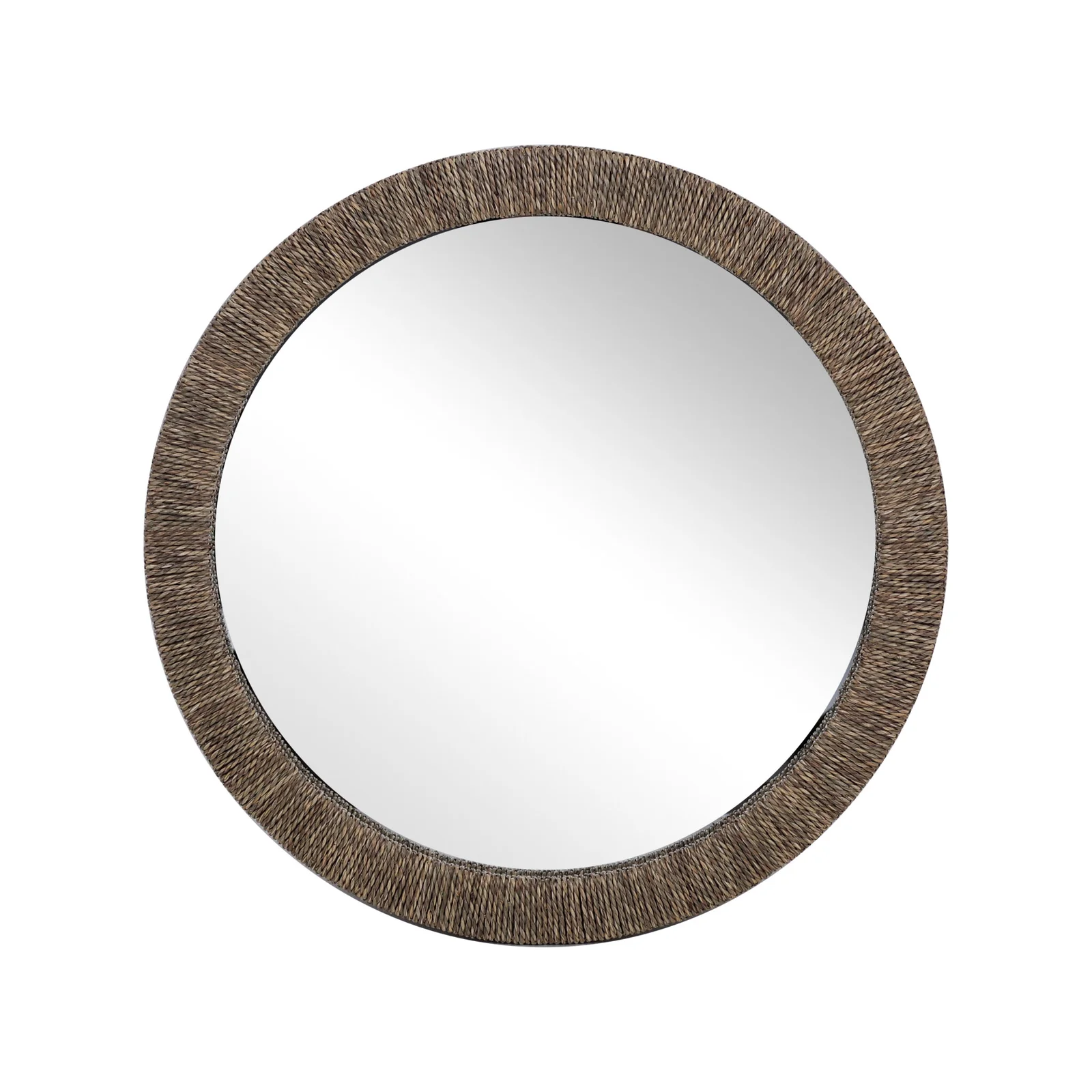
-scaled.jpg)
